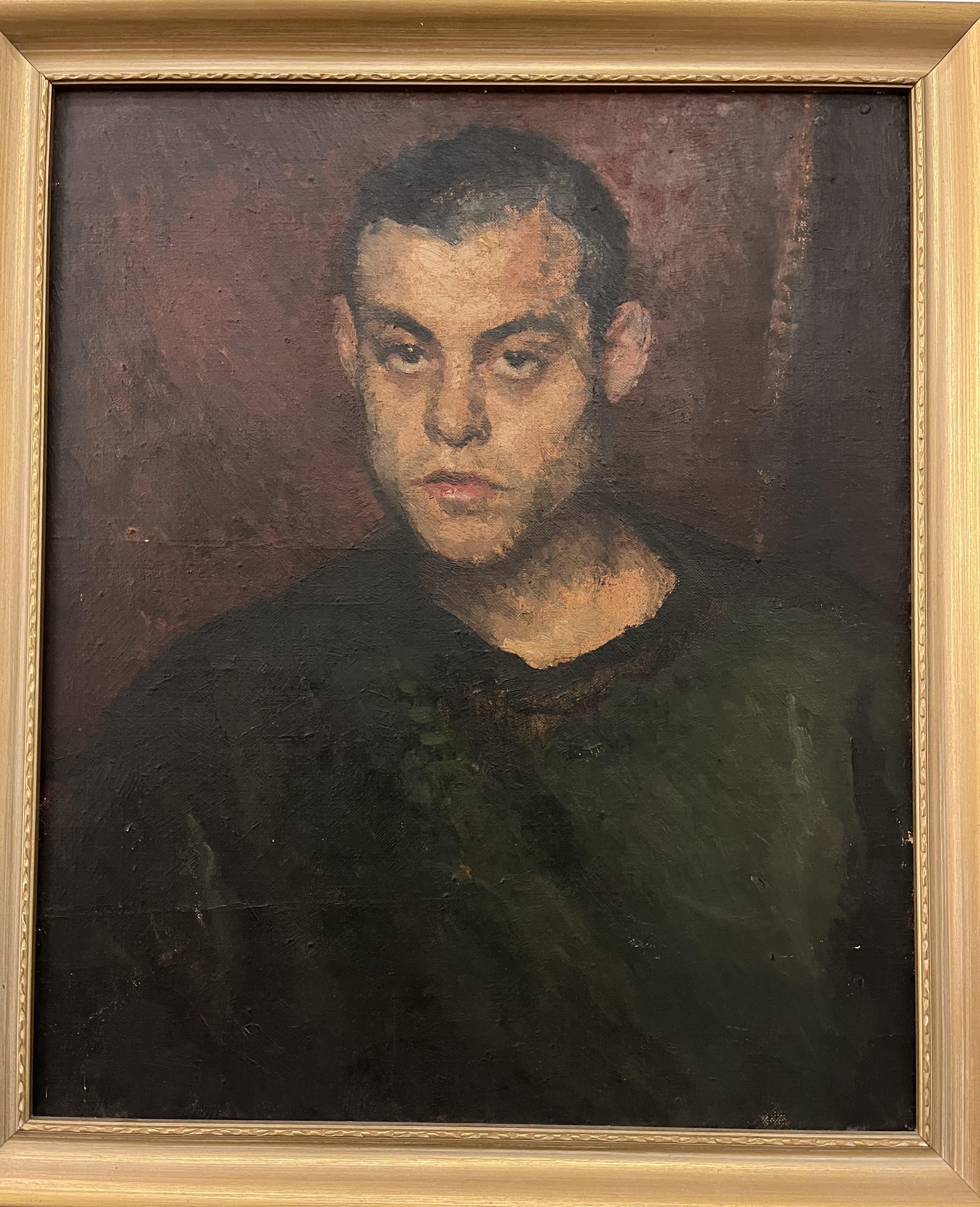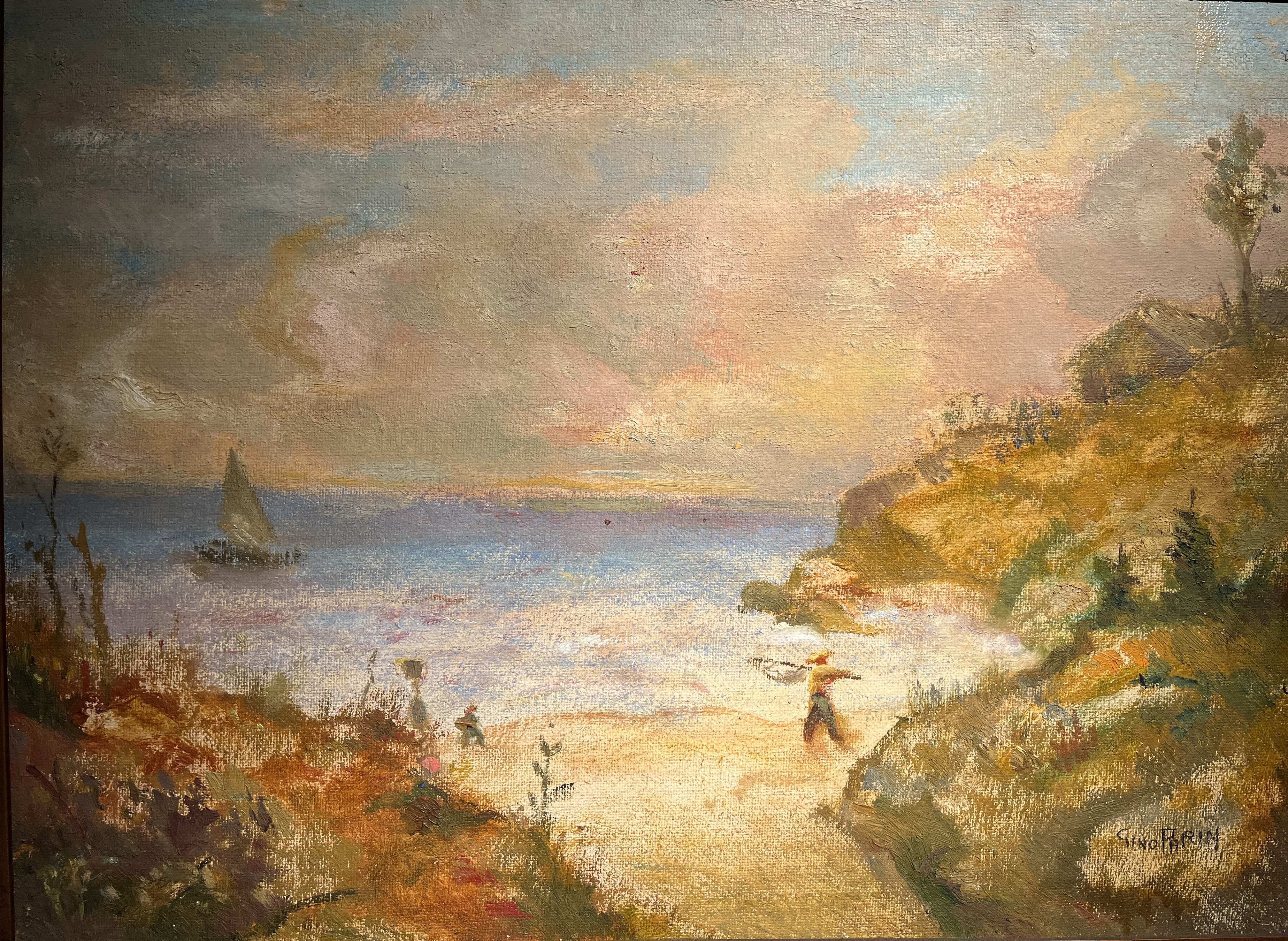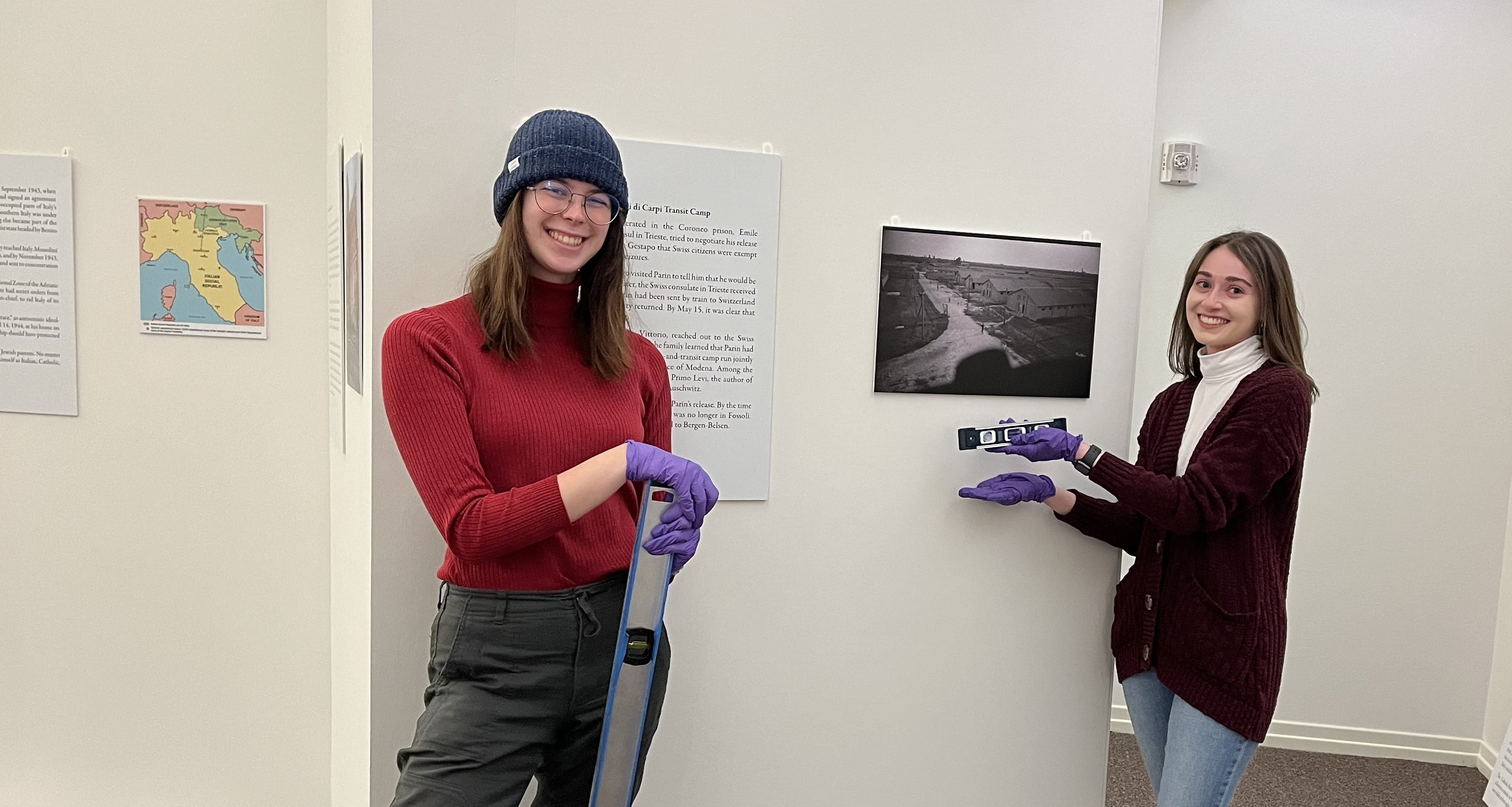The Martin-Springer Institute at Northern Arizona University announced that a new art exhibition, entitled: A Complicated Life in Complicated Times: Gino Parin and the Holocaust, will be coming to the Clara M. Lovett Art Museum in Old Main. An opening reception will be held from 5:30-7:30 p.m. on March 23.

Necki was born in Trieste, and he and his sister, Magda, were friends of Parin. Necki was 19 when Parin painted this portrait of him. At the time, Italy’s racial laws meant that the artist could no longer legally work for non-Jewish clients. But he continued to create portraits of his friends. Necki immigrated to the United States in the early 1950s and eventually settled in Cottonwood, AZ. The paintings and drawings in the exhibition come from Necki’s collection.
Art Exhibition:
Feb. 28 – April 28
Reception:
5:30-7:30 p.m. on March 23
Location:
Clara M. Lovett Art Museum, Northern Arizona University; art.museum@nau.edu
Hours:
noon to 5 p.m. on Wednesday, Friday and Saturday
1:30-5 p.m. on Tuesday and Thursday
The Holocaust seems long ago and far away. And yet, fragments of the lives it destroyed and affected can be found even in remote corners of Arizona. How and why did paintings by a Jewish-born artist from the Italian port city of Trieste, who died in a Nazi concentration camp, end up in Cottonwood?
This is what a faculty-student group from NAU, under the mentorship of Björn Krondorfer, director of the Martin-Springer Institute, and Alexandra Carpino, professor of art history in the Department of Comparative Cultural Studies, investigated. The resulting exhibition, “A Complicated Life in Complicated Times: Gino Parin and the Holocaust,” unpacks the story of an artist with dual Swiss and Italian citizenship who lived in Trieste before and during the rise of Italian fascism. Born Jewish, Parin converted to Catholicism in his early 20s. When Nazi Germany occupied Trieste in 1943, Parin was arrested and deported to the Bergen-Belsen concentration camp in Germany, where he died.

Visitors to the exhibition will encounter a life of nuances and complications during the first half of the 20th century. “When we embarked on this journey with students, we had no idea whether we would find any information about this Italian painter,” Krondorfer said. “Virtually unknown in the United States, what we discovered about Parin was not what we expected. At times, it felt like a detective story.”
The featured paintings and drawings are from the collection of Necki Springer, a family friend of Parin, who immigrated to the United States and eventually settled in Cottonwood.
The exhibition also includes QR codes that will allow visitors to access the podcast series, Gino Parin in Trieste: Portrait of an Artist during the Holocaust, a second public humanities collaboration between NAU students, Krondorfer and Carpino.

Contact:
Björn Krondorfer
bjorn.krondorfer@nau.edu



